In Overbooked, journalist Elizabeth Becker explores the business side of tourism. It offers a nice summary of how travel grew to be a multi-billion dollar global industry, but more importantly, it provides an interesting and critical perspective on the impact, good and bad, that mass tourism has on cultures, economies, and the environment.
Highlighting specific destinations such as France, Costa Rica, and Cambodia, Becker examines how different governments have managed – or failed to manage as the case may be – the explosion of visitors to their countries’ sites and attractions. I picked up this book not only because I love to travel, but because I’ve often thought about my own motivations for exploring the world and the imprint tourists leave on the places they visit.
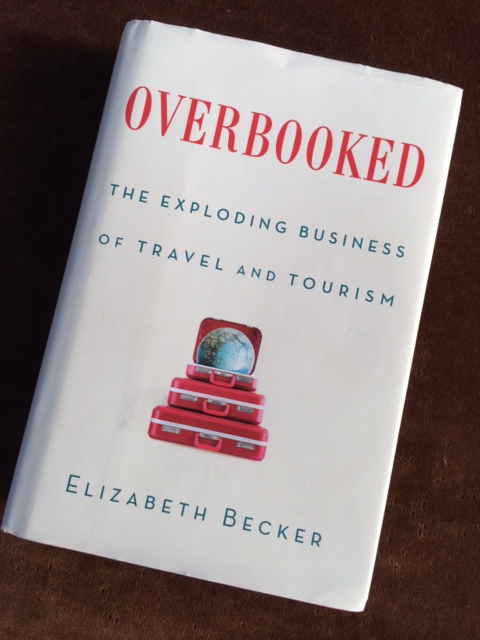
My inspiration to travel is not particularly unusual; it comes from a simple desire to see (and photograph) the world and experience cultures different from my own. When my husband and I had kids, we were determined not to let the responsibilities of parenting dull our wanderlust. We also rationalized, as I imagine many families do, that exposure to other people and places makes children more tolerant and open-minded.
More recently though, after spending a few days in Cambodia as part of a longer vacation in Southeast Asia, and later reading Overbooked, it occurred to me that this thinking might be overly idealistic, focused too narrowly on how travel will benefit me as the visitor and less on how my participation as a tourist impacts the people and places I visit.
Like most visitors to Cambodia, an impoverished nation despite its immense popularity as a travel destination, we were set on seeing the magnificent temples of Angkor Wat and experiencing the lively nearby town of Siem Reap. We looked forward to the trademark kindness of the Cambodian people and the colorful, bargain-filled night markets. At the same time, I hoped that by witnessing real poverty, my children would gain an appreciation for their own relatively privileged lives and be less likely to take their material possessions for granted.
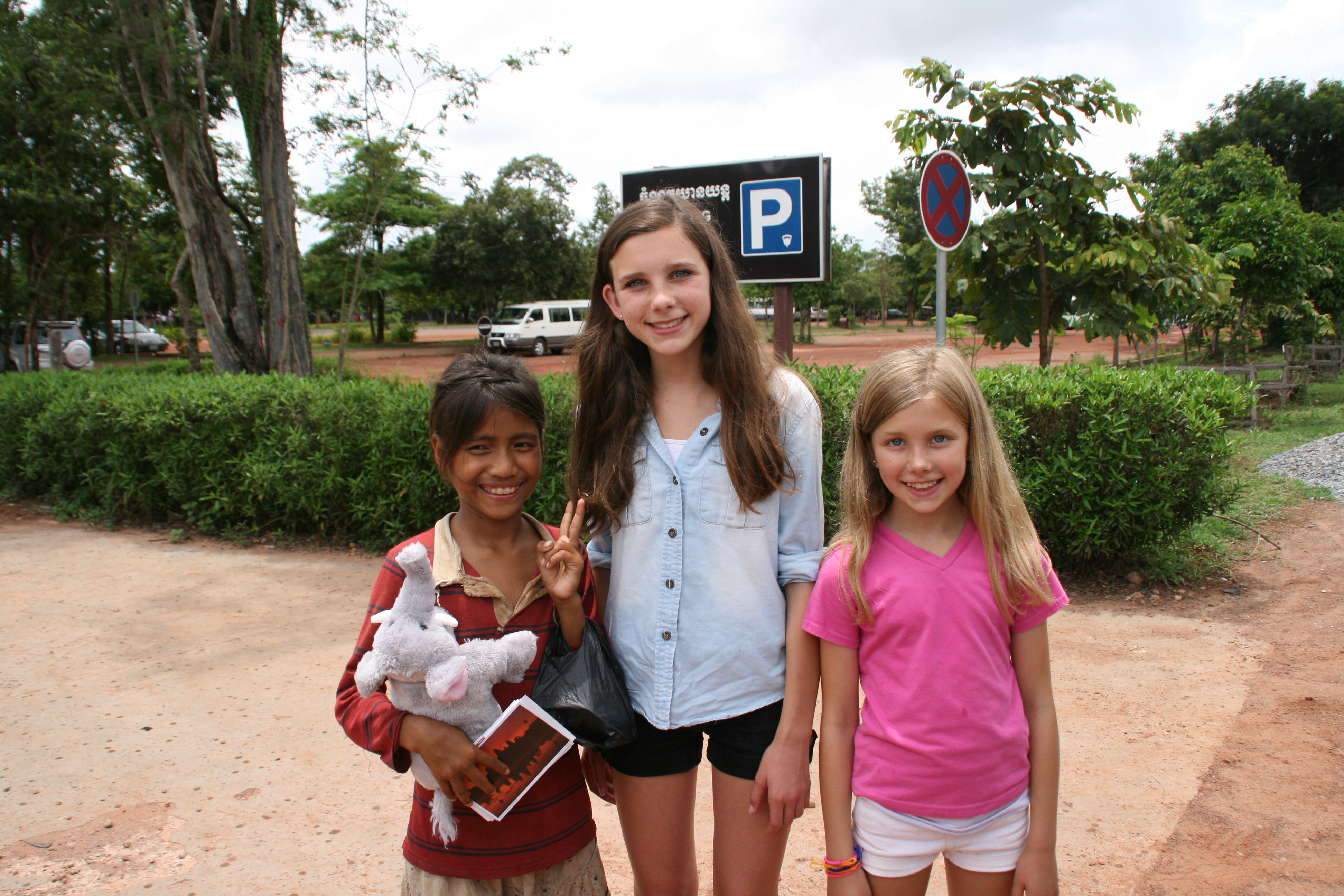
My daughters enjoying a happy moment with a young Cambodian girl we met outside one of the temples. Many children in Cambodia do not go to school because their parents need them to earn money for the family, usually selling trinkets to tourists. We did not buy anything from the children, but we did give this girl a cute stuffed animal.
As I researched tour guides and drivers to help us navigate the ancient temples, I also looked into opportunities to help out a school or orphanage. There was no shortage of these opportunities, I quickly discovered. In Cambodia, lack of education is a huge roadblock to progress; most children do not attend more than two or three years of primary school, and the rate of illiteracy is one of the highest in the world. I had grandiose plans to raise money and supplies for the school we’d be visiting, with the assistance of my children of course. What better way for them to appreciate their own “first world” educational experience than to spend half a day in a Cambodian classroom.
While my intentions were altruistic, I began to have a nagging feeling that something was just not right about my plan. I suppose it started when a simple Internet search on volunteering in Cambodia brought up a long list of stories of orphanage scams. I learned from a May 2013 Forbes article that the huge increase in the number of orphanages in Cambodia since 2005 has mirrored a similar increase in tourists to the country, and that 71% of children in these orphanages still had living parents. Many so-called orphanage centers apparently recruit children from their destitute families with the promise of better education and care, yet in reality, these kids are used to extract money from visitors eager to help those less fortunate while enjoying their nice vacation. How could I possibly support this perversion of good will?
Then I thought about these school/orphanage tourist visits purely from the perspective of a parent, albeit a middle-class, American parent. What if my kids’ classrooms were disrupted on a regular basis by groups of, say, Chinese tourists eager to observe and interact with American children? I’d probably be up in arms. And in Cambodia, where education is already so sub-standard, allowing well-off tourists to enter classrooms for a feel-good photo opportunity suddenly seemed ludicrous.
Between this ah-ha moment and the countless reports about orphanage scams, I realized that my motivations were actually far more selfish than altruistic, and that our family’s presence for a few hours would do absolutely nothing to help these children or the woeful state of education in that country. I quickly shelved the idea and refocused on Cambodia’s historical attractions, which raised yet a whole new set of questions and realizations about the darker side of tourism.
Hundreds of thousands of visitors come to explore the 12th century temples of Angkor Wat every year. They are magnificent in every way, relics of a vast kingdom that once encompassed much of modern-day Southeast Asia. During our visit, we had a wonderful and extremely knowledgeable guide and joined hordes of tourists at each temple stop. Surprisingly, there were few limits. My kids scampered and climbed all over the ancient ruins, and we were allowed to touch and photograph pretty much whatever we wanted.
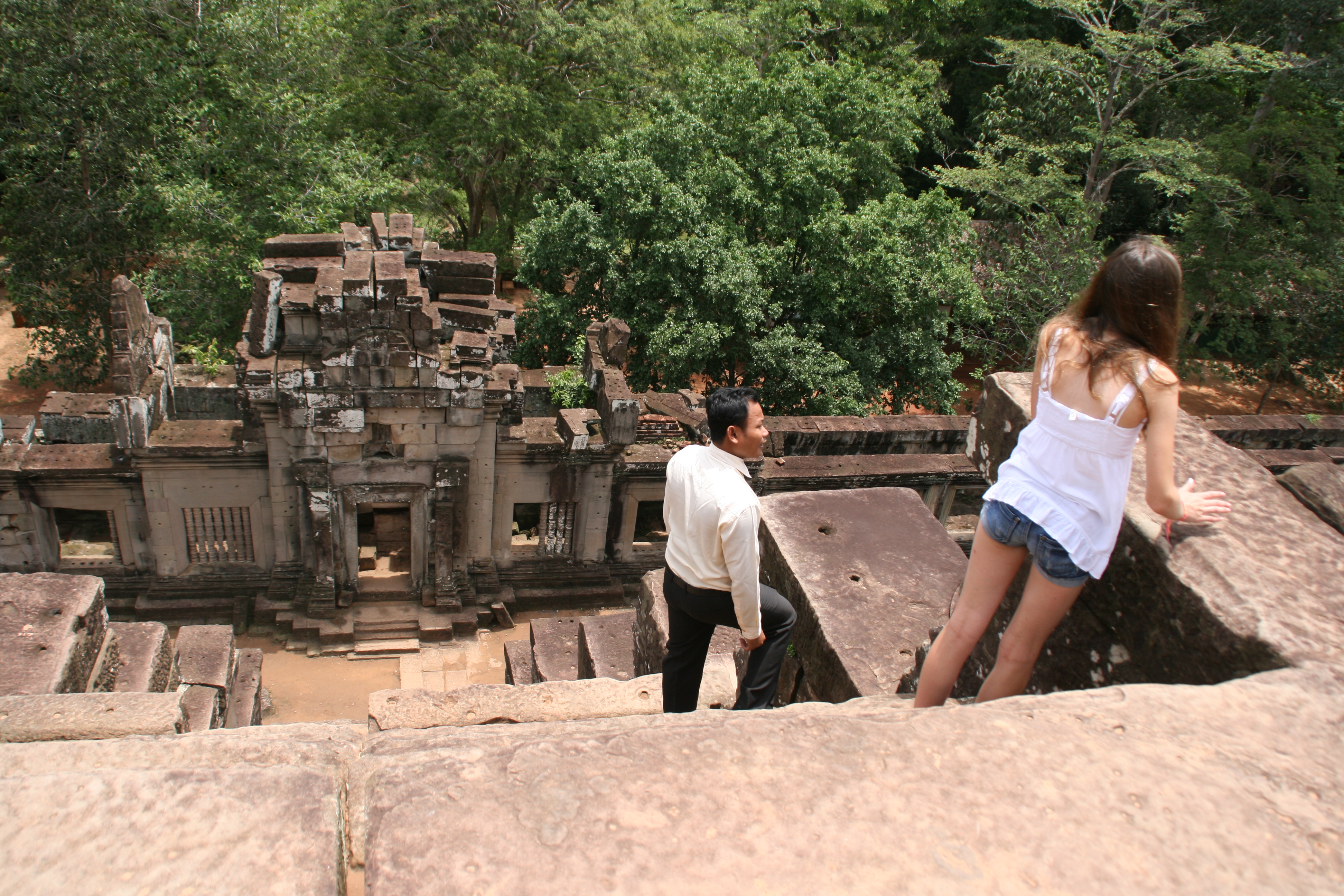
Having visited Pompeii and many other historical sites in Europe, where structures are well-protected by strict controls, I found this a little odd. Of course, it was great to have such open access to these amazing treasures, and for my kids, the ability to run and climb made the visit far more exciting. But I wondered how damaging all of this human contact was to the temples and if they’d still be around for future generations of Cambodians and foreigners to enjoy.
Sure enough, after doing a little research, after the fact, I discovered that like orphanages, there’s much more than meets the eye when it comes to encouraging tourist access to Cambodia’s ancient attractions. As amazing as the temples of Angkor Wat are, they have been overrun by sightseers. According to a 2010 report by the Global Heritage Fund, the number of visitors to Angkor Wat increased 188% between 2000 and 2010, and that onslaught has caused heavy deterioration of the original Khmer stonework.
Another problem in Siem Reap is the lack of modern water and waste systems to accommodate the huge influx of visitors who use the town as a base to explore Angkor Wat. The temple foundations are literally sinking as the water table is being drained by hotels in order to have enough water for tourists, while inadequate systems to filter and dispose of waste is polluting the Siem Reap River. What really hit me though was when our guide explained that Siem Reap residents sometimes lose access to water during the day because of high usage by the growing number of hotels. Talk about tourism being a drain on the local population! Once again, I had that nagging feeling that my participation as a tourist wasn’t necessarily such a good thing.
So, with all these seemingly negative impacts of tourism in Cambodia (in large part because of the government’s reckless management of the industry), do I regret going there? Absolutely not; it was, in fact, one of the highlights of our time in Southeast Asia. The people are as wonderful as we had heard, and the temples are as magical as we had envisioned. If anything, this trip inspired me to travel more.
It did, however, leave me with a greater awareness of how important it is for travelers to think more broadly about their responsibilities as tourists and visitors. To rephrase President Kennedy’s famous quote, “Think not about what your travel destination can do for you, but what you can do for your travel destination.” I was glad that we chose not to visit a school or give money to child beggars, both of which inadvertently support child exploitation, and I can only hope that the money we spent on tuk tuks and at hotels, restaurants, and markets went to the people who need it most. As I plan future trips for me and my family, I will be more mindful of where I stay, what I do, and how I interact with the people I meet and places I visit. And for that I have Cambodia to thank.
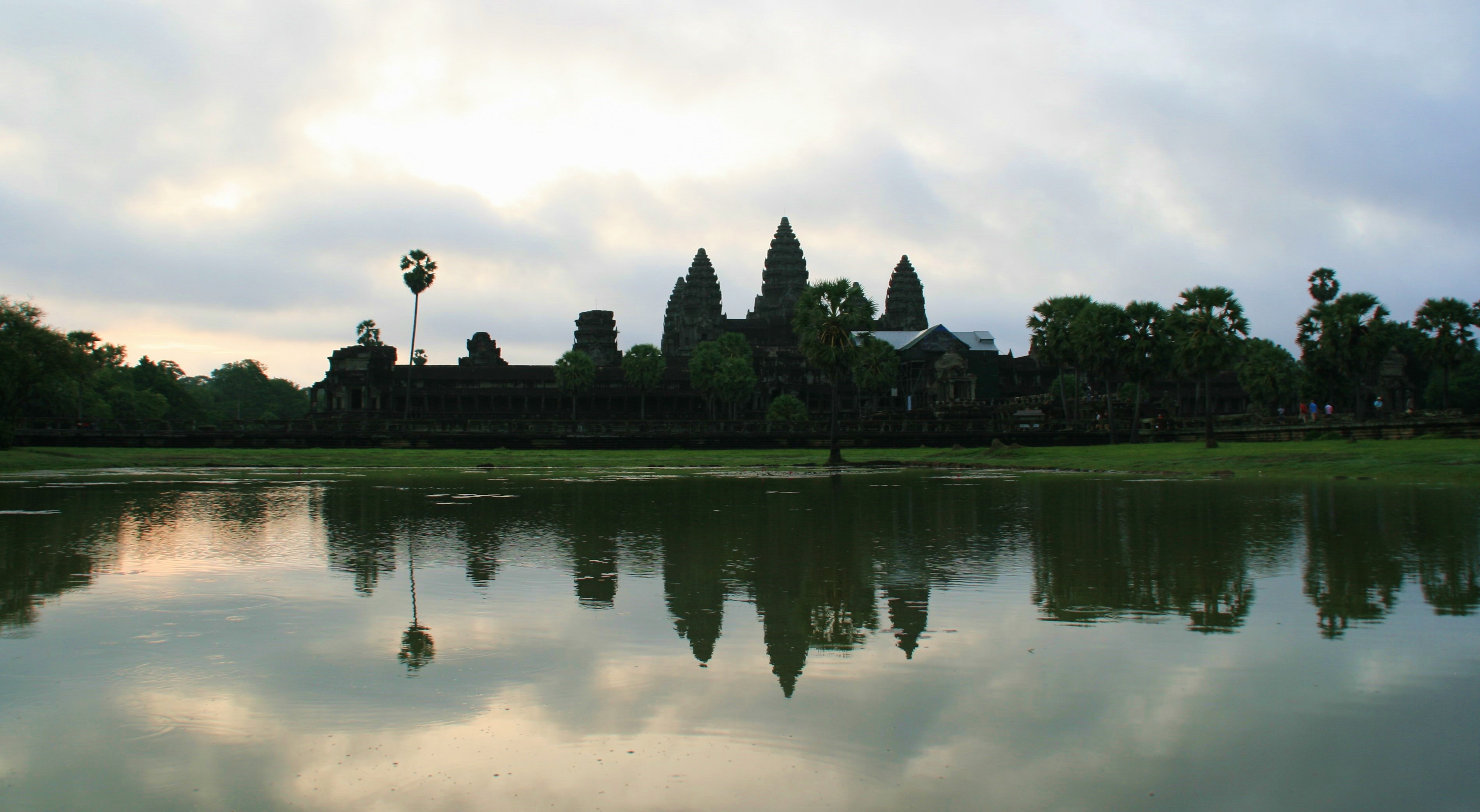
I’m hopeful that more responsible tourism in Cambodia will ensure its vast treasures are safeguarded for future generations to enjoy.

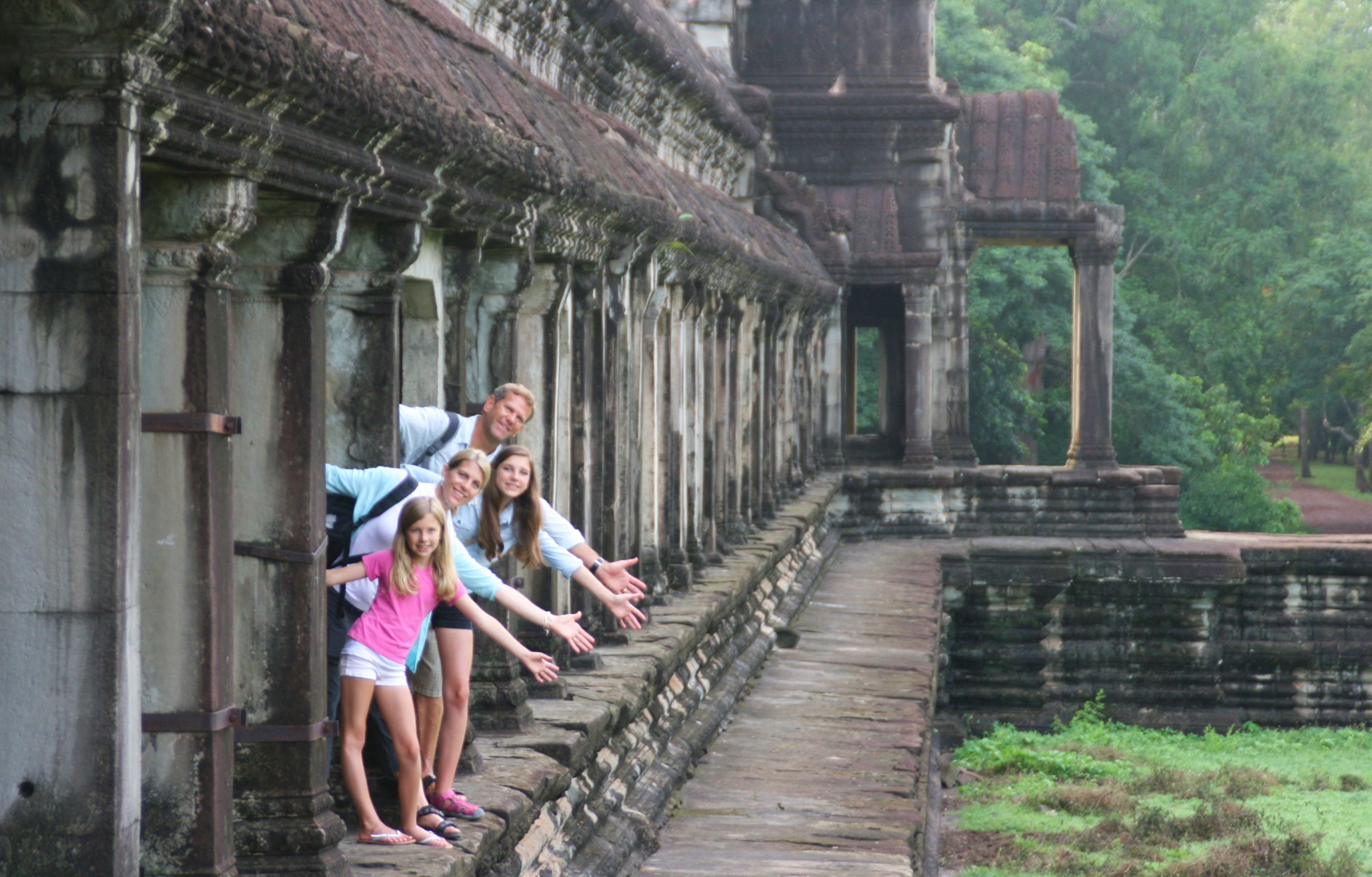
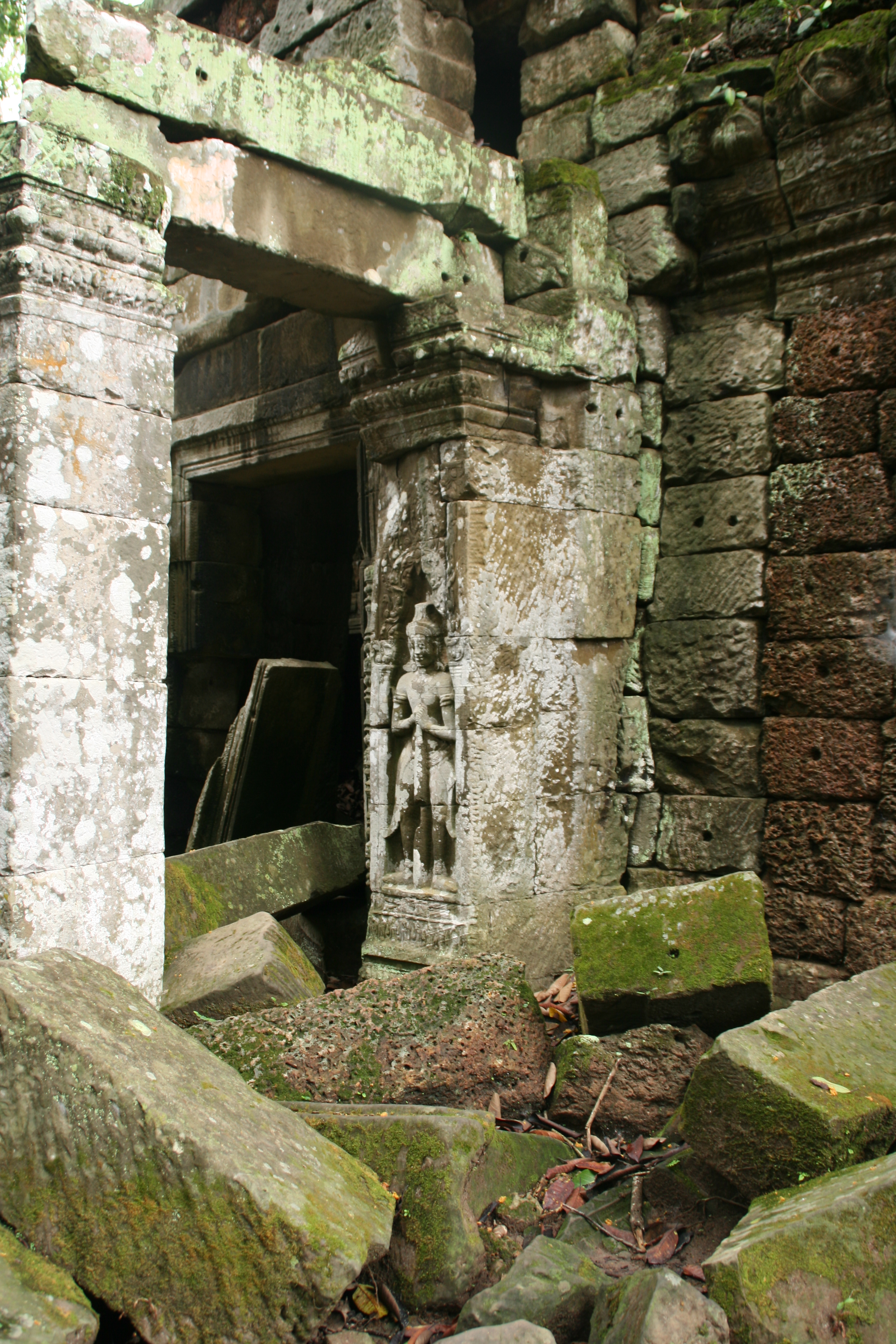
7 comments
Very interesting and informative read. Great pictures
Well-written and informative article on the challenges and irony in visiting poor countries. We missed Cambodia but we spent time in Laos, Vietnam, and Thailand, and saw the same child exploitation that you describe. Add wild and domestic animals to the list and it’s hard to figure out how to visit these places without contributing to the many problems there. We saw hoards of tourists riding on elephants and visiting supposed tiger sanctuaries seemingly unaware that they are only contributing to their their misuse.
Did you know that Lek from ENP has a place in Cambodia too? I don’t think there are as many elephants, but it looks like it would be an interesting place to volunteer. I think the big focus of the volunteer work is reforestation.
No, I did not Karen. I will give it a look-I really want to go back and stay for a longer time. As a teacher, I have tried to figure out a way to help out in that part of the world without falling into some of the traps you mentioned in your article.
Great article! Again, we are leaving Sunday for Thailand, and then Cambodia. In Cambodia, we won’t be visiting a classroom, but plan to make a donation to the Green Gecko Project. Did you happen to see them, or experience them in Siem Reap?
Side note, we were going to bring a ton of alcohol pads in our luggage, which is on their wish list; but were told, no, buy them here. Its much cheaper, and it helps the local economy as well. Good point.
When visiting our favorite rescue in Costa Rica, we bring at least two extra pieces of luggage filled with Toucan food. The company that makes the best pellets for them does not ship to CR, so we bring it with us. It’s much appreciated, and we’re happy to help! But for the Cambodia experience, it was a very good point, of don’t bring something, buy it here cheaper, and make a win for the local economy.
Thanks for reading and enjoying! I have not heard of the Green Gecko Project. It’s great that you help out in Costa Rica. I love that country too!
“Think not about what your travel destination can do for you, but what you can do for your travel destination.”
We love that quote! Thank you for raising so many important issues about the importance of ethical tourism. Still so relevant (if not even more relevant) today! Thanks again for sharing.
Comments are closed.